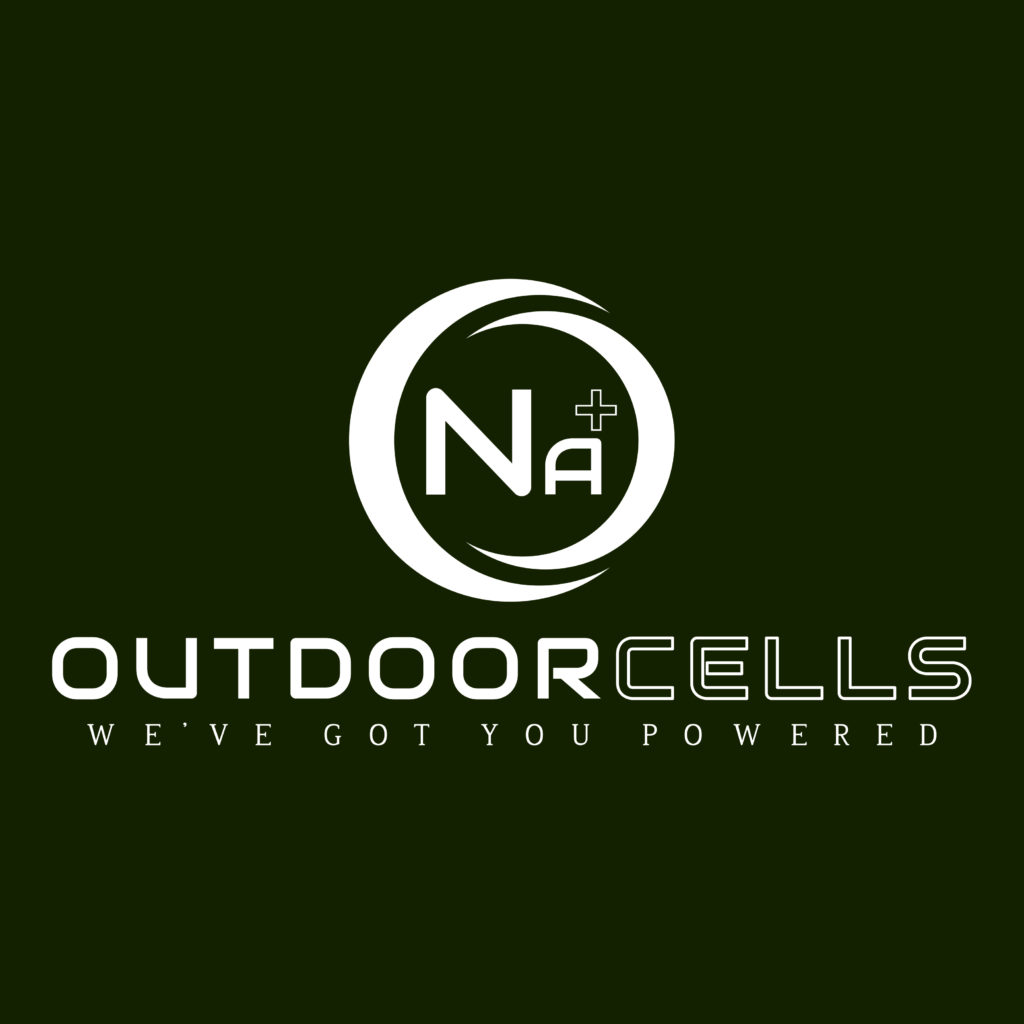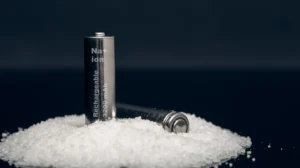lithium battery info
AN ION OUTDOOR BOX BATTERY WITHOUT LITHIUM
Na-ion Battery
Outdoorcells is the first battery specialist to launch the most durable and clean Na-ion battery for Water, Fishing and Outdoor. The Sodium- ion battery is housed in an original Peli Case 1300 Series as you have come to expect from us. To ensure that the battery Case is quickly deployable, we have equipped it with an Anderson SB50 Connector. During use, the built-in voltmeter shows both the voltage and the residual capacity in percent. Also, the Na+ Battery Case features bluetooth connectivity! Via your smartphone and Smart BMS App, all information can be read out. This includes Voltage, residual capacity, temperature and power in A (Amps) and Watts.

Ion Battery With Lithium
Lithium batteries are fantastic! They are enormously powerful and have the lowest weight. Moreover, they last a very long time and are maintenance-free. However, despite the drop in price, the cost of a Lithium (Li-ion) and Lifep04 Battery is still very high. For a high-quality Lithium-ion or Lifep04 Battery with a capacity of 100Ah, the price level is around €1000.- In addition, many people worry about the disadvantages such as the risk of ignition or explosion of lithium batteries due to thermal run-out. Other arguments could be the impact of lithium on the environment due to the high energy cost of refining or the extraction of Cobalt needed as cathode material. Outdoorcells' lithium batteries contain extremely little lithium and Cobalt, the average mobile phone contains proportionally more lithium and Cobalt than our largest battery! Yet many customers ask us if there is no alternative, especially for the price, without compromising on performance.
Alternative to lithium batteries
A very good replacement for Lithium-ion batteries is the Sodium-ion battery. These battery cells have the same architecture as Lithium-ion battery cells with the difference that they do not contain Lithium! Instead of Lithium, they contain Sodium and Sodium. Sodium and Sodium are extracted from Salt. Mining salt is easier than Lithium and it can be found everywhere. This affects the price, so a Na-ion battery is cheaper to make than a Lithium-ion battery. A Na-ion battery is just as powerful but cannot ignite or explode because no thermal run-out can take place. Due to the absence of Copper and the presence of a cheaper Aluminium substrate Anode and organic Carbon Anode material in a Na-ion Battery, a Na-ion cell can be safely discharged to 0.0 volts without danger or adverse effects. Lithium Batteries, on the contrary, get damaged when discharged below a certain point.

How Does a Na+ Battery Work?
Sodium-ion battery cells consist of a cathode based on a sodium-containing material, an anode (not necessarily a sodium-based material) and a liquid electrolyte containing dissociated sodium salts in polar protic or aprotic solvents.
During charging, sodium ions are extracted from the cathode and introduced into the anode, while electrons travel through the external circuit.
During discharge, the reverse process takes place, with sodium ions being extracted from the anode. The electrons pass through the external circuit and do useful work.
